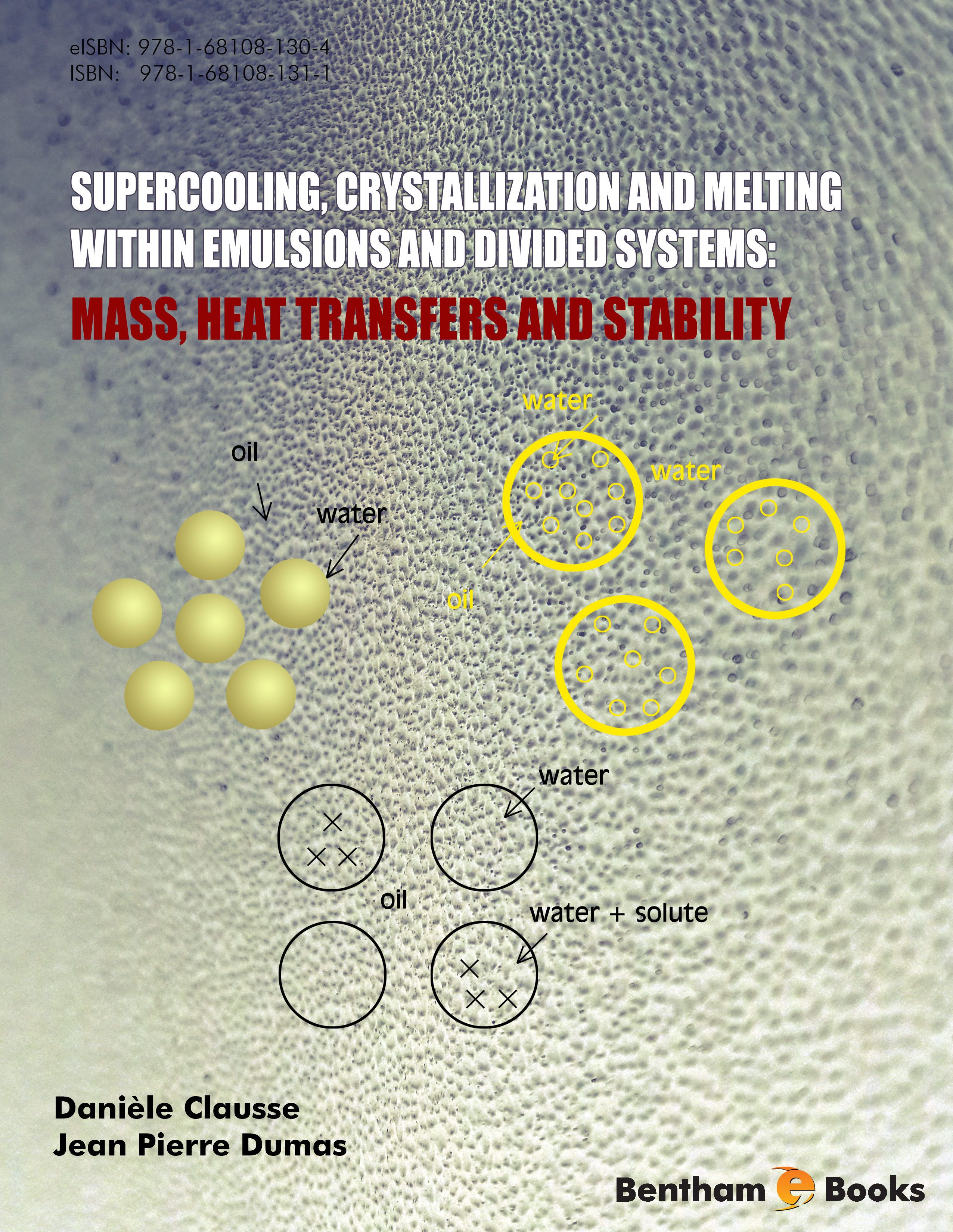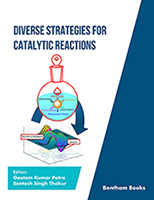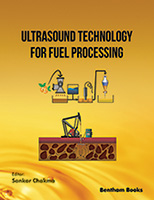The content of this book is dealing with supercooling and the conditions of crystallization and melting taking place within emulsions and divided systems with the aim of giving data necessary to be known and controlled when processes involving these systems are considered. Basically emulsions are defined as droplets dispersed in a quasi non miscible liquid. More sophisticated kinds of emulsions are considered, as mixed or multiple ones. A divided system is constituted of macroscopic nodules filling a tank through which a chiller fluid passes and used for thermal energy storage.
Referring to emulsions, the conditions of crystallization and melting of pure droplets and droplets made of a binary solution are described in details and it is shown how these conditions permit to follow an evolution of the stability of these systems due to an increase of droplets sizes and due to mass transfer and heat transfers. Mass transfers due to composition gradient or given rise to the formation of hydrates are described thoroughly.
DSC (Differential Scanning Calorimetry) is essentially the technique used and the means by which the data obtained are analyzed deeply. Depending on the scanning rate used and the sample volume, it is shown how the latent energy released at crystallizations or absorbed at the melting could alter the temperature field through the sample and the kinetics of phase transformations. It is particularly shown how a correct analysis of the cooling and heating DSC curves has to be done to get reliable data on the nucleation rate and the melting temperature.
Referring to divided systems considered as energy storage systems during the crystallization of the nodules made of Phase Change Material (PCM), the studies of the conditions of crystallization and melting show similarities with the emulsions even if the nodules sizes are bigger (80mm), the same nucleation phenomena being considered. The influence on the time of storage of the flow rate of the chilling fluid or its final temperature is so described and modelized.
In the first chapter, the statistical character of the individual crystallizations of the droplets, driven by the classical laws of nucleation, is explained and the probability of crystallization is defined. Experiments obtained by DSC (Differential Scanning Calorimetry) of the emulsions containing either pure compounds or binary solutions, allowing to detect the crystallization and the melting through the energies involved are reported. For pure compounds, the results show that the crystallization occurs when the emulsion or the divided system is cooled below, sometimes far below, the melting temperature corresponding to the solid-liquid equilibrium which is observed without delay. The supercooling defined by the difference between the melting and the crystallization temperatures, depends on different parameters, the more important being the mean volume of the droplets. It appears that the smallest the system volume, the highest the concentration, the lowest is the crystallization temperature. It has been taken advantage of these results to study the stability of the emulsion. As a general rule, a low temperature of crystallizations is the expression of a high stability as far as small droplets are concerned. A technique based on this result has been proposed to follow the evolution of emulsion in microgravity conditions ( FASES project – ESA). For solutions, the conditions of solidifications and melting much more complex are described thoroughly taking into account of the composition of the solution.
Furthermore, for certain organic compounds, at the crystallization of very large supercooled droplets, the appearance of metastable unknown crystalline phases is observed. The temperature and latent heat of transformation between these phases or with classical stable phases are determined and schemes representing the Gibbs free energy explain the succession of possible phase transforms.
In a second chapter, the mass transfers between droplets or phases made of solutions of different composition as they are found in mixed or multiple emulsions are studied. The technique to detect the mass transfers is based on the correlation of the crystallization/melting temperature of the droplets versus their composition shown in the first chapter. As a general rule an increase of the crystallization temperature for droplets made from a solution shows that these droplets are more diluted due to mass transfer. Furthermore, from an evaluation of the solidification and melting energies involved it is possible to determine the proportion of emulsion that has evolved and to quantify the mass transfer. A model for the mass transfer between the different substances of the dispersed systems is presented. Another example that is considered deals with the formation of hydrates within emulsions which is also relevant to mass and heat transfers. The compound that could form a hydrate is either dissolved in the continuous phase or present in the gas phase surrounding the emulsion. By contact with the water droplet a hydrate shell forms around the droplet and the heat released can be detected and as a result the hydrate formation. Experiments reported deal essentially for the ones performed by calorimetry coupled with X-rays analysis when overlapping of the thermal events is observed.
In the third chapter of the book, the heat transfers due to the heat sources are taken into account. Experiments show the temperature field inside a bulky cylinder filled with different emulsions. Modeling is done by using the classical equation of heat conduction with a heat source proportional to the specific heat released at the crystallization of the droplets. So, during cooling this heat source, considering the supercooling, is proportional to the probability of crystallization and to the proportion of the still unfrozen droplets. A self regulation of the temperature is detected: when the probability of crystallization (nucleation) becomes different from zero, a certain number of droplets crystallize and the crystallization is exothermic. So, the local temperature increases to a value where this probability is very low, reducing drastically the crystallizations of the other unfrozen droplets. A supplementary local cooling is necessary to have other significant crystallizations. At heating, the droplets transform at the thermodynamic equilibrium temperature and the determination of the field of temperature is more classical.
The heat transfers are also determinant within the cells of the calorimeters in spite of their small dimension. So, details on calorimetry are largely given in the goal to establish a good method to determine with accuracy the nucleation behavior of the supercooled droplets from the thermograms whose shape is very dependent on the thermal phenomena which are different according the cooling rates or the mass of the sample. Experiments and a model are presented for a flowing emulsion in a tube: we observe, too, a self regulation stabilizing the temperature on a part of the tube depending on the flow rate of the emulsion or its mass fraction. Another study concerns the case of emulsions of water with high mass fractions where we observe propagations of the crystallizations induced by mutual seeding. An extension of the models concerns the determination by inverse methods of the nucleation rate.
Finally the fourth chapter is devoted to divided system. A system to store thermal energy consists on the use of encapsulated spherical nodules containing a Phase Change Material (PCM) filling a tank (2500 nodules per m3). The exchange of energy is done by a liquid flowing through the tank. As for the emulsion the difference between the crystallization (storage) and the melting (destorage) will be explained by the supercooling and its statistical character. In case of vertical tanks, experiments and different models are presented allowing the determination of the energy exchanges. At cooling a self regulation of the temperature associated to the statistical character of the crystallization of the supercooled nodules is also observed and justified by the models. The influence on the time of storage of the flow rate of the chilling fluid or its final temperature at the inlet of the tank is largely described. The case of horizontal tanks where the natural convection has an important role is evoked. The case of incomplete thermal cycles (the heating is stopped before the complete melting of all nodules) is explained.
This book is directed primarily to upper division and graduate students who are interested in fundamental research dealing with supercooling, crystallization, melting, mass and heat transfers in emulsions and divided systems. The book will also provide a source of useful information for professionals working in related fields, such as meteorology, cosmetology, foods, petroleum industry, energy storage and processes involving mass transfers as it is in the crucial problem of gas hydrate formation and separation processes involving liquid membranes. It does not required specialized knowledge but a general background in physics, especially in thermodynamics, physical chemistry is recommended.
CONFLICT OF INTEREST
For all the works presented in this book, we do not mention conflicts of interest.
Danièle Clausse
Sorbonne Université
Université de Technologie de Compiègne
EA 4297 Transformations Intégrées de la Matière Renouvelable
France
E-mail: daniele.clausse@utc.fr
&
Danièle Clausse
Université de Pau et des Pays de l’Adour
EA 1932 Laboratoire de Thermique Energétique et Procédés
France
E-mail: jean-pierre.dumas@univ-pau.fr
ACKNOWLEDGEMENTS
The studies dealing with supercooling , crystallization, melting within emulsions presented in this book have begun in the sixties at the University of Pau et des Pays de l’Adour (France) at the initiative of Prs. C. Lafargue and L. Babin†. We are grateful to them. Some of these works have been supported by the industry and we are pleased to thank Dr. Ch. Dalmazzone (IFP-Energies nouvelles) for her important collaboration in these studies and for having made them known in the petroleum industry.
We are also pleased to thank scientists working in the field and who, by their fruitful remarks and advises, have contributed to develop more deeply our knowledge for the phenomena described in this book: P. Becher (ICI , USA) for emulsions, Prs. M. Seiller and J.L. Grossiord (Université de Pharmacie - Chatenay Malabry, France) for multiple emulsions, Pr. A. Angell (Purdue University, USA), Pr F. Franks (Cambridge University, UK), Pr. B. Mutaftshiev (CRMC2 Marseille, France), Pr. D. Kashchiev (Sofia University, Bulgaria), Pr. P. H. E. Meijer (C.U. Washington, USA), Prs A. Steichen, A.Sanfeld (Université de Marseille) for ice nucleation, Pr J. Sjöblom (NTNU Trondheim, Norway), Pr. D. Dalmazzone (ENSTA, France) for gas hydrate formation, Dr P. Le Parlouër (SETARAM Lyon, France) for calorimetry, Pr M. Lacroix (Univ. Sherbrooke, Canada), Pr. D. Rousse (ETS Montréal, Canada), Pr A. Lallemand (CETHIL Lyon, France) for energy storage, Pr. E. Palomo del Barrio (TREFLE Bordeaux, France), Pr. X. Py (PROMES Perpignan, France) for enhanced heat transfers in storage devices.
Many thanks also to the PhD students whose works we have orientated and supervised, are presented in this book: F. Broto (1979), B. Combes (1982), D. Bouabdillah (1983), I. Sifrini (1983), M. Aguerd (1984), F. Tounsi (1985), B. El Aouni (1986), Y. Zéraouli (1991), Ch. Jolivet-Dalmazzone (1992), M. Krichi (1992), L. Potier (1993), J.P. Bédécarrats (1995), B. Falcon (1995), N.S. Echatoui (1995), C. Labes-Carrier (1995), A. Behaeghel-Gauthier (1997), M. Kuswandi (2000), K. El Omari (2001), S. Gibout (2001), B. Fouconnier (2002), J.R. Avendaño-Gomez (2002), T. Kousksou (2005), A. Jamil (2006), J.P. Ribeiro (2007), L. Sacca (2007), A.T. Luong (2008), A. Drelich (2009), M. Béchir (2012), K.A. Ratisbonne-Zafimahova (2013),W. Maréchal (2014), E.Y. Wardhono (2014).
Any scientific work needs a propitious environment and for that Pr. F. Broto (thermochemical engineering), Dr. F. Strub, Pr. J.P. Bédécarrats (energy storage), Dr M. Strub, Dr. S. Gibout (numerical calculations) at LaTEP Pau and Pr. I. Pezron (formulation engineering), Pr. L. Komunjer (powder engineering), Pr J.L. Lanoisellé (food engineering) at UTC Compiègne were appreciated and we are grateful to them.
Danièle Clausse
Sorbonne Université
Université de Technologie de Compiègne
EA 4297 Transformations Intégrées de la Matière Renouvelable
France
E-mail: daniele.clausse@utc.fr
&
Jean Pierre Dumas
Université de Pau et des Pays de l’Adour
EA 1932 Laboratoire de Thermique Energétique et Procédés
France
E-mail: jean-pierre.dumas@univ-pau.fr
DEDICATION:
To my husband Marc Clausse for his strong and constant support and to my sons Marc Clausse and Daniel Clausse for their contribution to my good way of living.
To my sons Gilles Dumas and Franck Dumas and all my family for their moral encouragement and their affection





